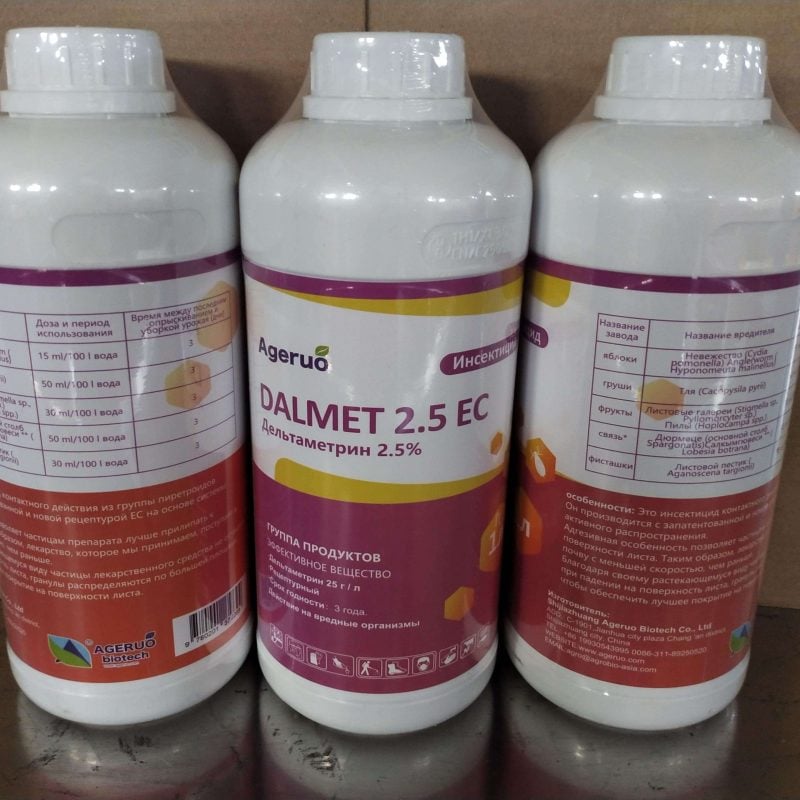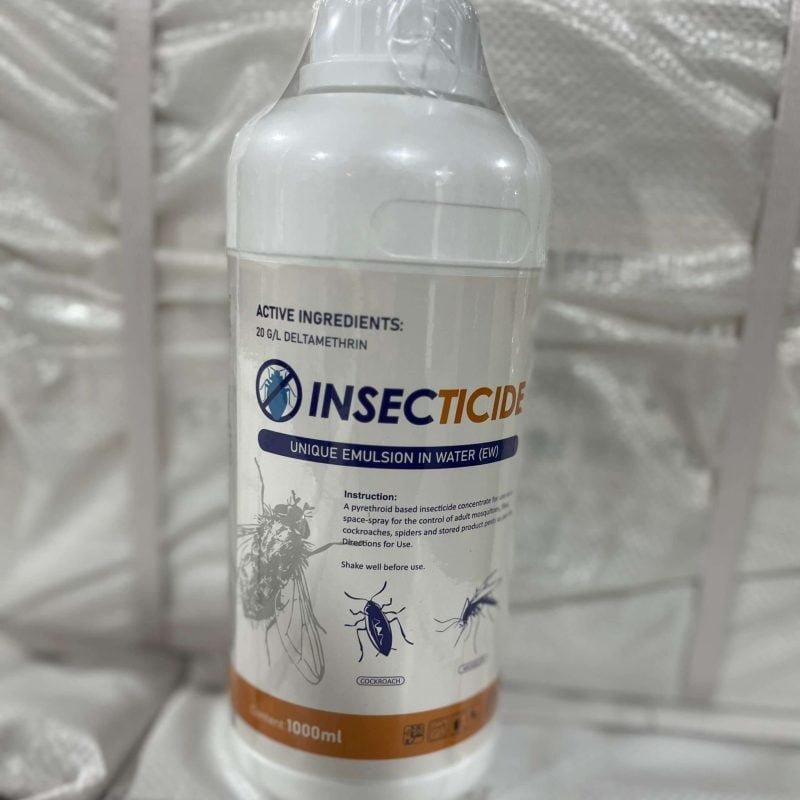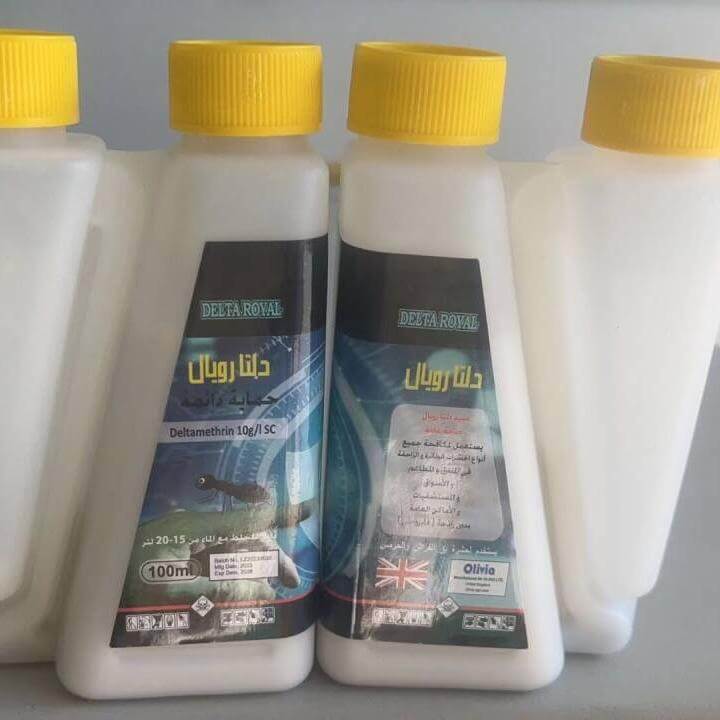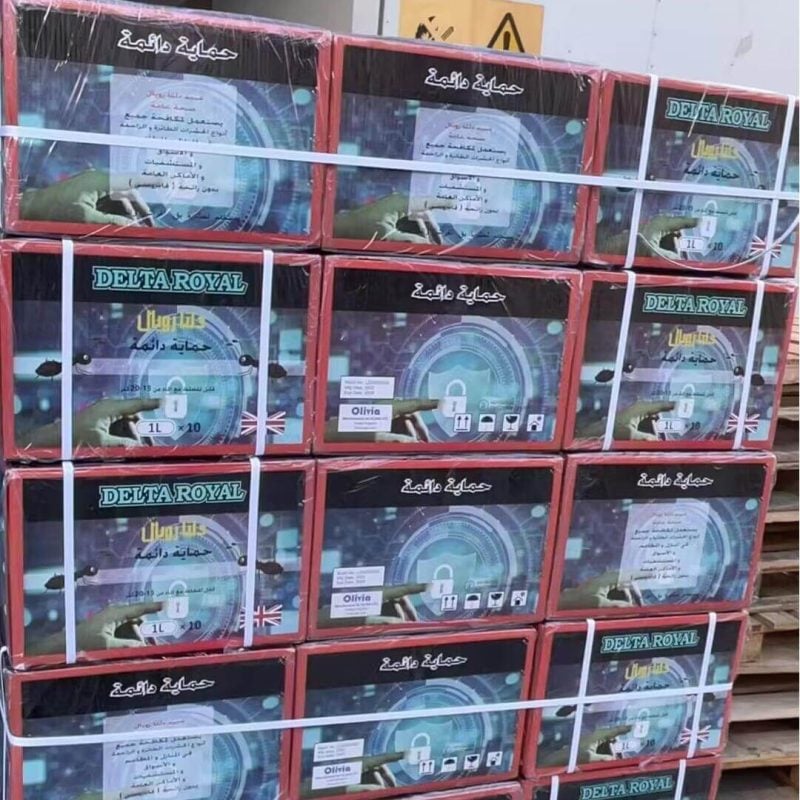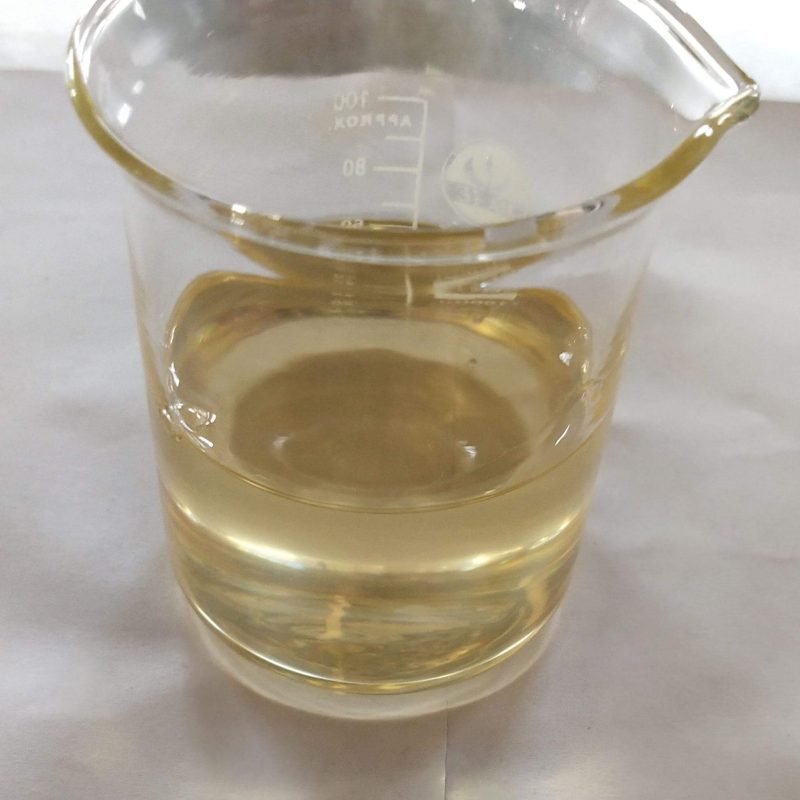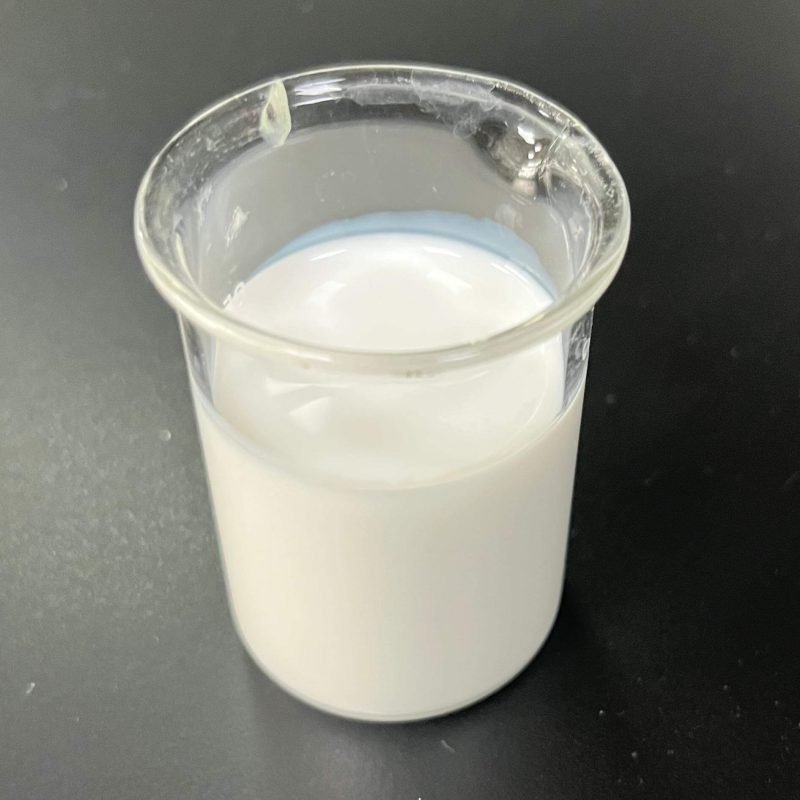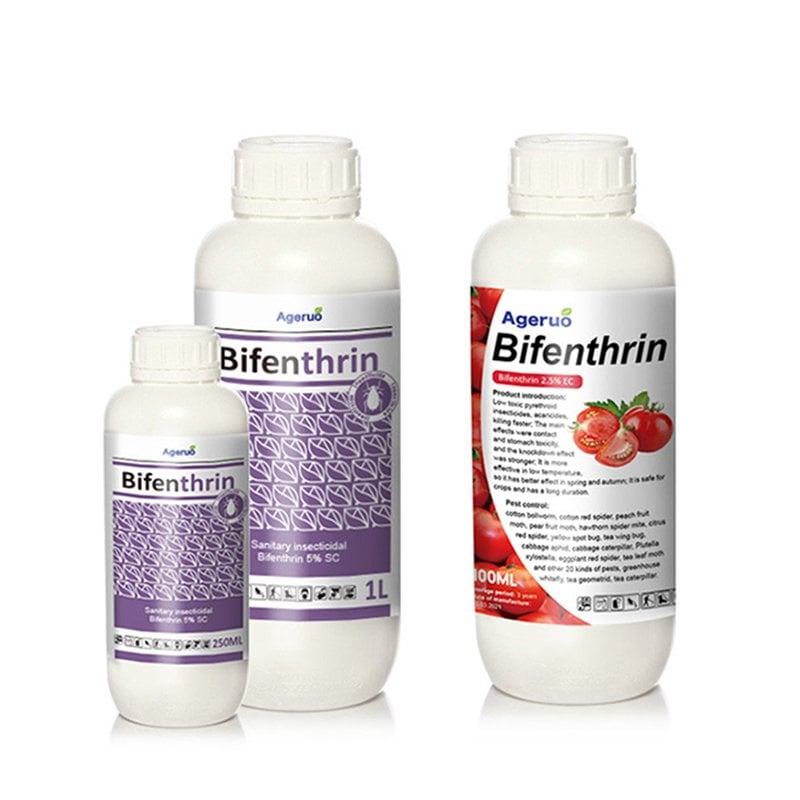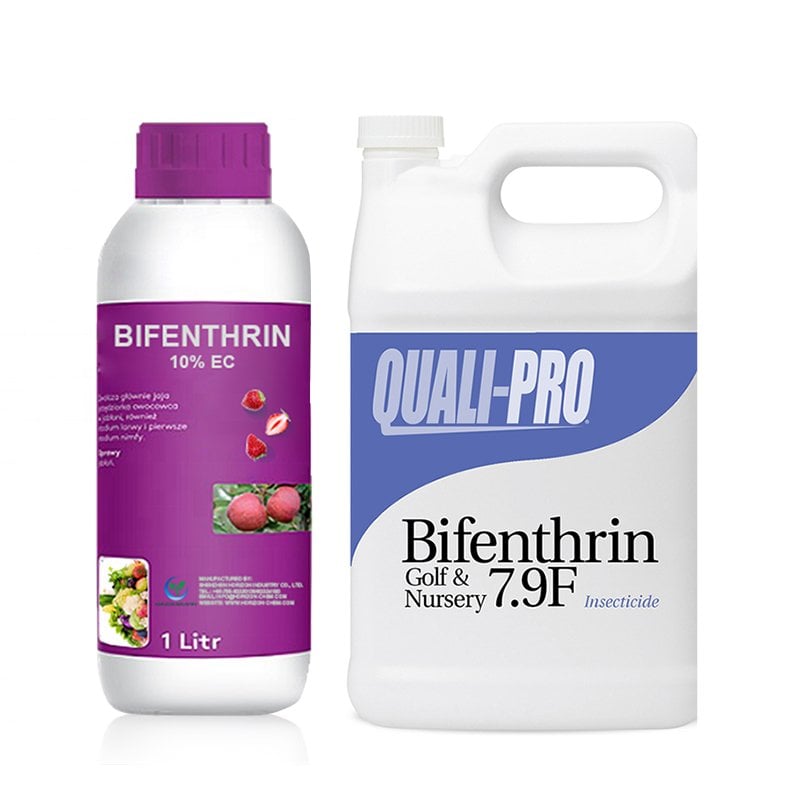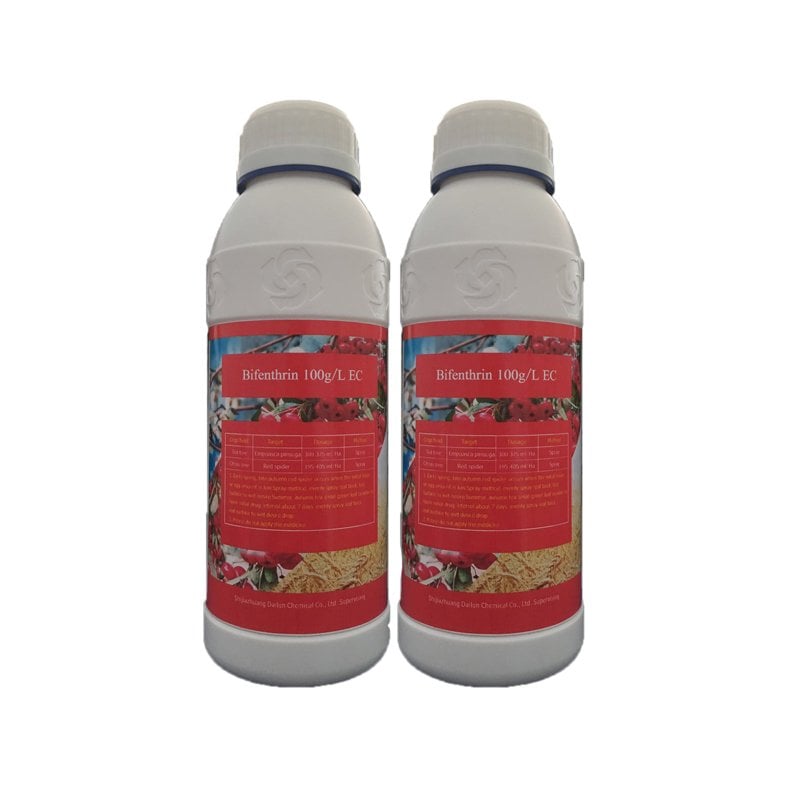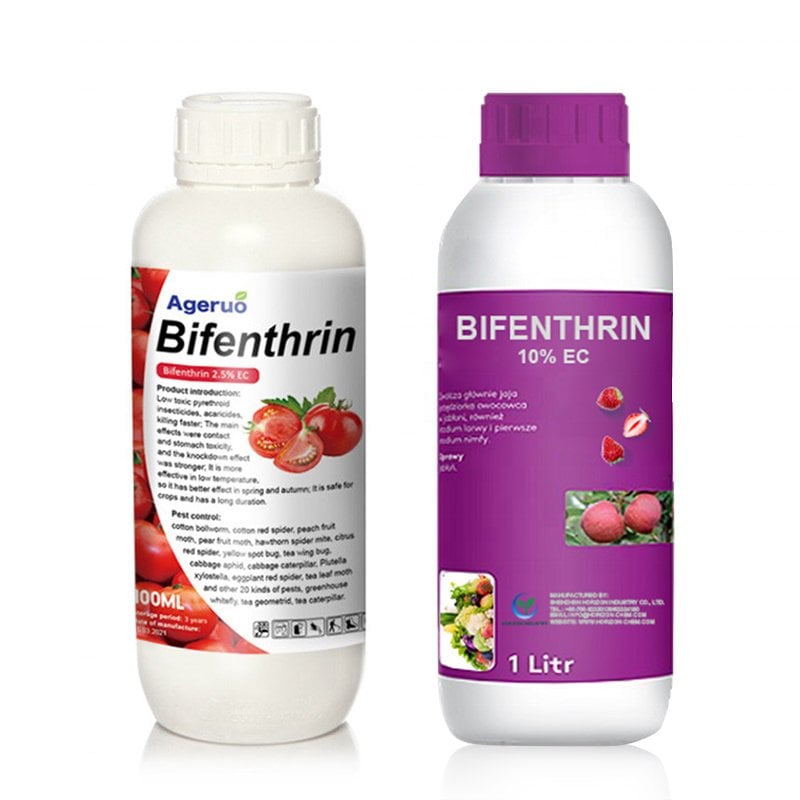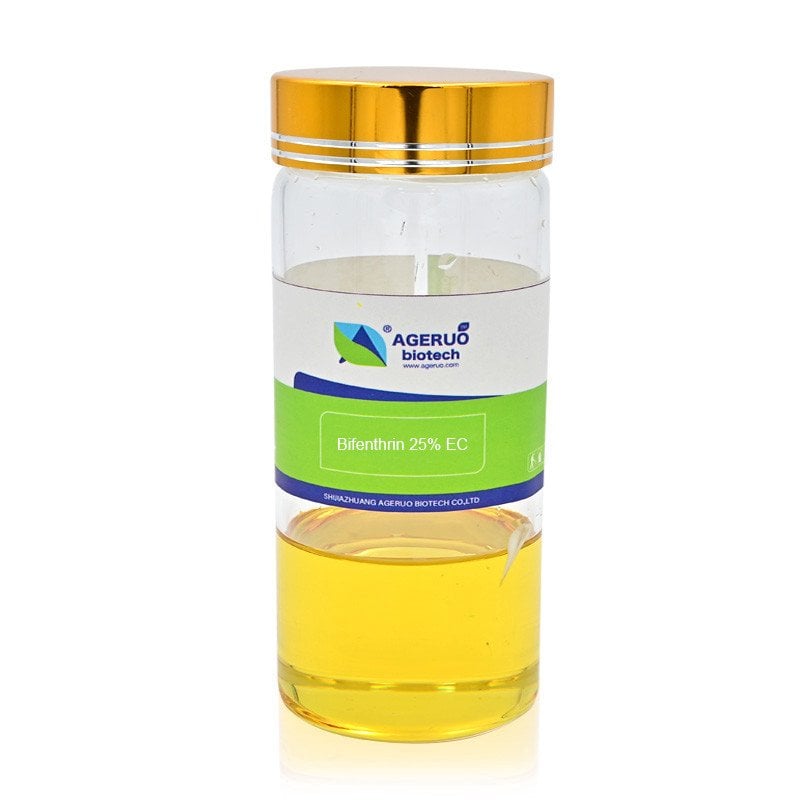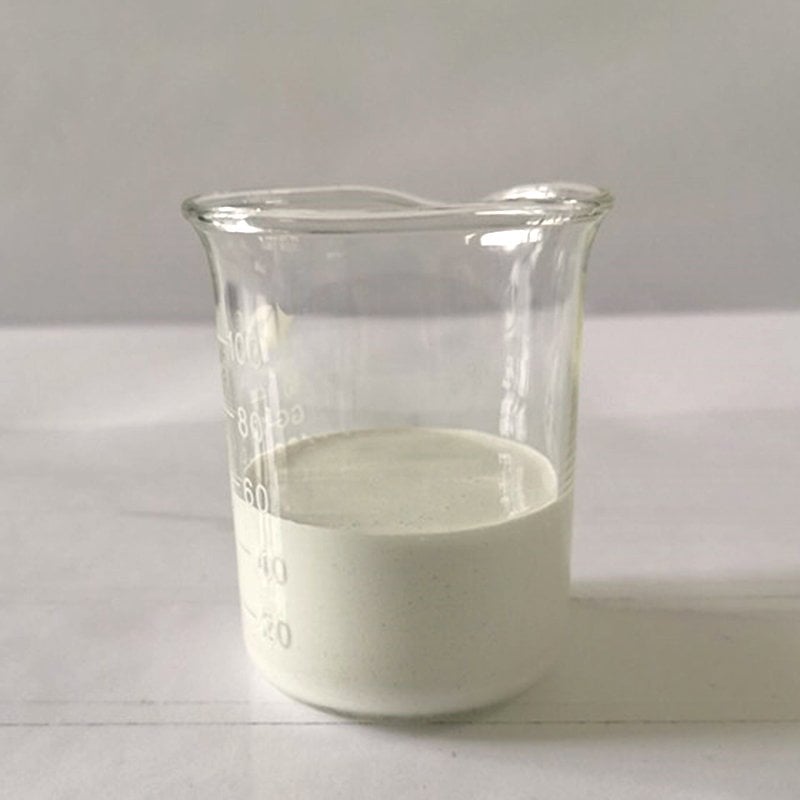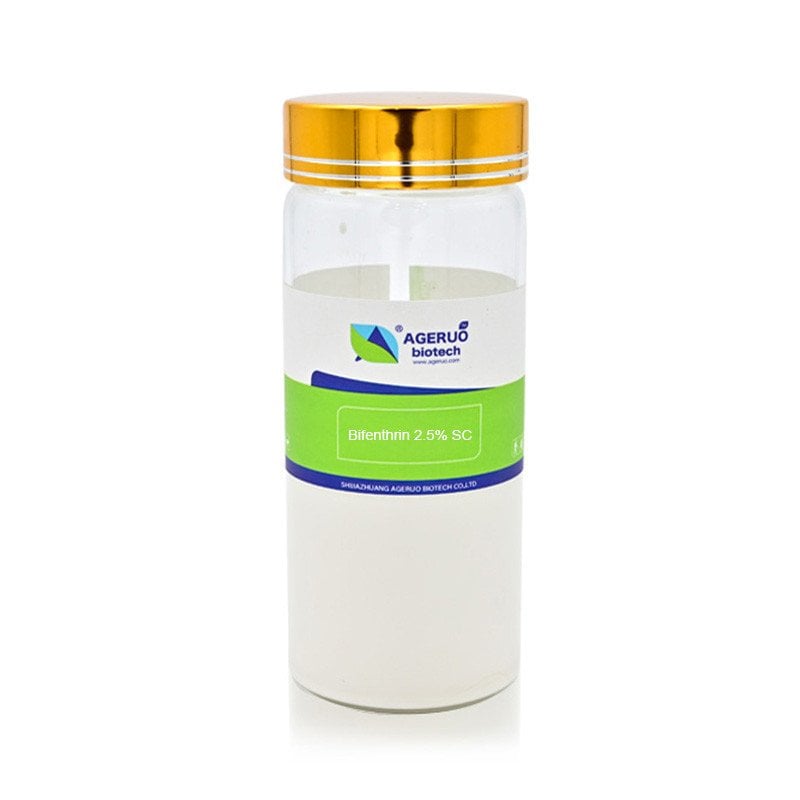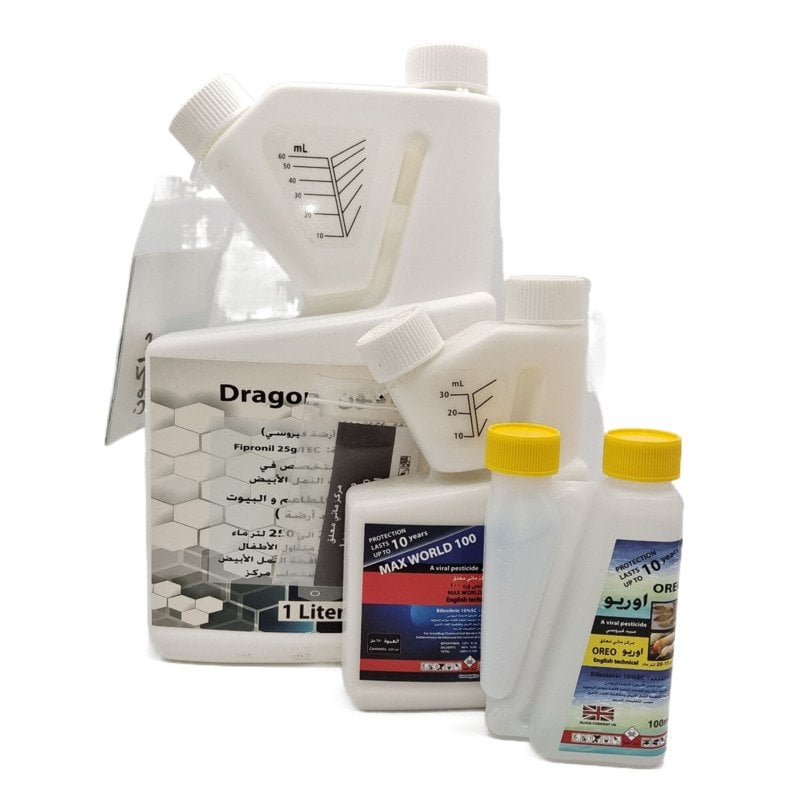Deltamethrin vs Bifenthrin
A Comprehensive Comparison for Effective Pest Control
In der Schädlingsbekämpfungsbranche werden bei der Wahl des richtigen Insektizids Faktoren wie die Art des Schädlings, die Umgebung, in der es eingesetzt wird, und die Umweltauswirkungen berücksichtigt. Deltamethrin and Bifenthrin are two widely used pyrethroid insecticides that share similarities but also exhibit distinct differences. This article provides a thorough comparison of Deltamethrin vs Bifenthrin, highlighting their properties, applications, effectiveness, and environmental considerations.
What is Deltamethrin Insecticide?
Deltamethrin insecticideis a synthetic pyrethroid widely used for controlling a broad spectrum of pests in both agricultural and non-agricultural settings. It is particularly effective against insects such as mosquitoes, flies, cockroaches, and a variety of agricultural pests. Deltamethrin works by disrupting the nervous system of insects, causing paralysis and eventual death. Its high stability and strong efficacy make it a popular choice for pest control in various applications.
Key Features of Deltamethrin:
- Mechanism of Action: Deltamethrin affects the insect’s nervous system by interfering with sodium ion channels, leading to overstimulation, paralysis, and death.
- Applications: Used in agriculture, public health (mosquito control), and household pest control.
- Residual Activity: Medium to long-lasting, depending on environmental conditions.
- Environmental Impact: Toxic to aquatic organisms and beneficial insects such as bees. Caution is required during application.
What is Bifenthrin Insecticide?
Bifenthrin insecticide is another synthetic pyrethroid insecticide that is effective against a wide range of pests. It is frequently used in agricultural settings, as well as in residential and public health pest control. Like Deltamethrin, Bifenthrin works by disrupting the nervous system of insects. It is known for its long residual activity, making it effective for long-term pest control.
Key Features of Bifenthrin:
- Mechanism of Action: Bifenthrin targets the sodium channels in the insect’s nervous system, causing hyperexcitation and ultimately leading to paralysis and death.
- Applications: Widely used in agricultural pest control, home pest management, and public health applications.
- Residual Activity: Long-lasting (several weeks to months).
- Environmental Impact: Can be toxic to aquatic life and pollinators such as bees. Careful application is essential to reduce environmental risks.
Deltamethrin vs Bifenthrin: A Quick Comparison
| Feature | Deltamethrin | Bifenthrin |
|---|---|---|
| Chemical Class | Pyrethroid | Pyrethroid |
| Mechanism of Action | Disrupts sodium ion flow in nerves | Disrupts sodium ion flow in nerves |
| Primary Applications | Agriculture, Public Health, Household | Agriculture, Public Health, Household |
| Residual Activity | Medium to Long-lasting | Long-lasting (weeks to months) |
| Environmental Impact | Toxic to aquatic organisms and bees | Toxic to aquatic organisms and bees |
| Effectiveness | Effective for medium-term control | Effective for long-term control |
Deltamethrin vs Bifenthrin: In-Depth Comparison
1. Chemical Properties and Mechanism of Action
Both Deltamethrin and Bifenthrin belong to the pyrethroid class of insecticides and share a similar mechanism of action. They both disrupt the normal flow of sodium ions in the insect’s nervous system, leading to overstimulation, paralysis, and death. However, there are slight differences in their chemical structure that result in variations in their persistence and efficacy.
- Deltamethrin is generally considered to have a quicker knockdown effect, making it more suitable for situations where rapid pest control is needed. It is highly effective for mosquito control and other household pests.
- Bifenthrin, on the other hand, tends to offer a longer residual effect, making it more suitable for situations requiring long-term control, such as in agricultural settings or for controlling pests in gardens and lawns.
2. Applications and Effectiveness
- Deltamethrin is highly effective against a wide range of pests, particularly mosquitoes, flies, cockroaches, and other household pests. Its fast-acting nature makes it ideal for short-term pest management and public health applications.
- Bifenthrin is more commonly used in agricultural settings due to its long residual activity. It provides extended protection against pests, making it a preferred choice for crops and large-scale pest management. Bifenthrin is also used in residential pest control, particularly for ants and termites.
3. Environmental Impact and Safety
Both Deltamethrin and Bifenthrin are toxic to aquatic life and pollinators, including bees. They can cause significant harm to non-target organisms if applied improperly. However, Bifenthrin tends to have a higher environmental persistence, which may increase its potential for environmental contamination if not applied with caution.
- Deltamethrin is less persistent in the environment compared to Bifenthrin, making it slightly less likely to cause long-term environmental damage. However, it still requires careful handling to avoid contamination of water sources.
- Bifenthrin is more persistent in the environment, which can be advantageous for long-term pest control but raises concerns about its impact on non-target species. It is crucial to follow application guidelines to minimize its environmental footprint.
4. Effectiveness for Short-Term vs Long-Term Control
- Deltamethrin is highly effective for short-term control, particularly in situations where fast-acting solutions are required. It is ideal for household pest management and public health applications such as mosquito control.
- Bifenthrin is best suited for long-term pest control, especially in agricultural settings where pests need to be managed over extended periods. Its long residual activity makes it a preferred choice for crops, gardens, and termite control.
Conclusion: Which Insecticide is Right for Your Needs?
Both Deltamethrin and Bifenthrin are effective pyrethroid insecticides with unique characteristics that make them suitable for different pest control applications:
- For Short-Term Pest Control: Deltamethrin is a better option due to its rapid knockdown effect and medium to long-lasting activity. It is perfect for quick pest elimination in households, commercial spaces, and public health applications.
- For Long-Term Pest Control: Bifenthrin is ideal for applications where sustained pest control is needed, particularly in agriculture, gardens, and termite management. Its long residual activity ensures ongoing protection.
By understanding the differences between Deltamethrin and Bifenthrin, you can make an informed decision based on your specific pest control needs, ensuring optimal effectiveness while minimizing environmental risks.
A Comprehensive Comparison for Effective Pest Control
In der Schädlingsbekämpfungsbranche werden bei der Wahl des richtigen Insektizids Faktoren wie die Art des Schädlings, die Umgebung, in der es eingesetzt wird, und die Umweltauswirkungen berücksichtigt. Deltamethrin and Bifenthrin are two widely used pyrethroid insecticides that share similarities but also exhibit distinct differences. This article provides a thorough comparison of Deltamethrin vs Bifenthrin, highlighting their properties, applications, effectiveness, and environmental considerations.
What is Deltamethrin Insecticide?
Deltamethrin insecticideis a synthetic pyrethroid widely used for controlling a broad spectrum of pests in both agricultural and non-agricultural settings. It is particularly effective against insects such as mosquitoes, flies, cockroaches, and a variety of agricultural pests. Deltamethrin works by disrupting the nervous system of insects, causing paralysis and eventual death. Its high stability and strong efficacy make it a popular choice for pest control in various applications.
Key Features of Deltamethrin:
- Mechanism of Action: Deltamethrin affects the insect’s nervous system by interfering with sodium ion channels, leading to overstimulation, paralysis, and death.
- Applications: Used in agriculture, public health (mosquito control), and household pest control.
- Residual Activity: Medium to long-lasting, depending on environmental conditions.
- Environmental Impact: Toxic to aquatic organisms and beneficial insects such as bees. Caution is required during application.
What is Bifenthrin Insecticide?
Bifenthrin insecticide is another synthetic pyrethroid insecticide that is effective against a wide range of pests. It is frequently used in agricultural settings, as well as in residential and public health pest control. Like Deltamethrin, Bifenthrin works by disrupting the nervous system of insects. It is known for its long residual activity, making it effective for long-term pest control.
Key Features of Bifenthrin:
- Mechanism of Action: Bifenthrin targets the sodium channels in the insect’s nervous system, causing hyperexcitation and ultimately leading to paralysis and death.
- Applications: Widely used in agricultural pest control, home pest management, and public health applications.
- Residual Activity: Long-lasting (several weeks to months).
- Environmental Impact: Can be toxic to aquatic life and pollinators such as bees. Careful application is essential to reduce environmental risks.
Deltamethrin vs Bifenthrin: A Quick Comparison
| Feature | Deltamethrin | Bifenthrin |
|---|---|---|
| Chemical Class | Pyrethroid | Pyrethroid |
| Mechanism of Action | Disrupts sodium ion flow in nerves | Disrupts sodium ion flow in nerves |
| Primary Applications | Agriculture, Public Health, Household | Agriculture, Public Health, Household |
| Residual Activity | Medium to Long-lasting | Long-lasting (weeks to months) |
| Environmental Impact | Toxic to aquatic organisms and bees | Toxic to aquatic organisms and bees |
| Effectiveness | Effective for medium-term control | Effective for long-term control |
Deltamethrin vs Bifenthrin: In-Depth Comparison
1. Chemical Properties and Mechanism of Action
Both Deltamethrin and Bifenthrin belong to the pyrethroid class of insecticides and share a similar mechanism of action. They both disrupt the normal flow of sodium ions in the insect’s nervous system, leading to overstimulation, paralysis, and death. However, there are slight differences in their chemical structure that result in variations in their persistence and efficacy.
- Deltamethrin is generally considered to have a quicker knockdown effect, making it more suitable for situations where rapid pest control is needed. It is highly effective for mosquito control and other household pests.
- Bifenthrin, on the other hand, tends to offer a longer residual effect, making it more suitable for situations requiring long-term control, such as in agricultural settings or for controlling pests in gardens and lawns.
2. Applications and Effectiveness
- Deltamethrin is highly effective against a wide range of pests, particularly mosquitoes, flies, cockroaches, and other household pests. Its fast-acting nature makes it ideal for short-term pest management and public health applications.
- Bifenthrin is more commonly used in agricultural settings due to its long residual activity. It provides extended protection against pests, making it a preferred choice for crops and large-scale pest management. Bifenthrin is also used in residential pest control, particularly for ants and termites.
3. Environmental Impact and Safety
Both Deltamethrin and Bifenthrin are toxic to aquatic life and pollinators, including bees. They can cause significant harm to non-target organisms if applied improperly. However, Bifenthrin tends to have a higher environmental persistence, which may increase its potential for environmental contamination if not applied with caution.
- Deltamethrin is less persistent in the environment compared to Bifenthrin, making it slightly less likely to cause long-term environmental damage. However, it still requires careful handling to avoid contamination of water sources.
- Bifenthrin is more persistent in the environment, which can be advantageous for long-term pest control but raises concerns about its impact on non-target species. It is crucial to follow application guidelines to minimize its environmental footprint.
4. Effectiveness for Short-Term vs Long-Term Control
- Deltamethrin is highly effective for short-term control, particularly in situations where fast-acting solutions are required. It is ideal for household pest management and public health applications such as mosquito control.
- Bifenthrin is best suited for long-term pest control, especially in agricultural settings where pests need to be managed over extended periods. Its long residual activity makes it a preferred choice for crops, gardens, and termite control.
Conclusion: Which Insecticide is Right for Your Needs?
Both Deltamethrin and Bifenthrin are effective pyrethroid insecticides with unique characteristics that make them suitable for different pest control applications:
- For Short-Term Pest Control: Deltamethrin is a better option due to its rapid knockdown effect and medium to long-lasting activity. It is perfect for quick pest elimination in households, commercial spaces, and public health applications.
- For Long-Term Pest Control: Bifenthrin is ideal for applications where sustained pest control is needed, particularly in agriculture, gardens, and termite management. Its long residual activity ensures ongoing protection.
By understanding the differences between Deltamethrin and Bifenthrin, you can make an informed decision based on your specific pest control needs, ensuring optimal effectiveness while minimizing environmental risks.

